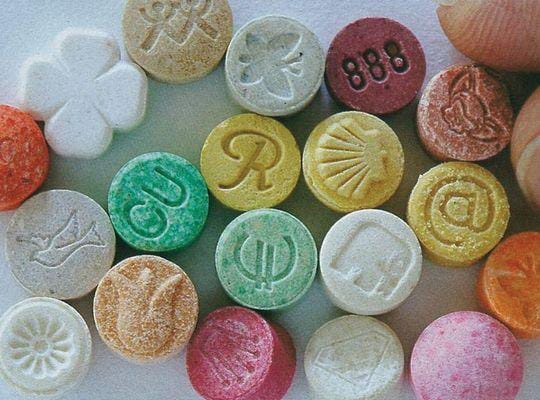The hidden secrets of coral reefs
Sarah Byrne explores the wonders on offer

Coral reefs are one of the wonders of the marine world: vast underwater structures supporting a large and diverse ecosystem of marine species. It’s surprising then that until recently we knew very little about exactly how they form.
Corals are colonies of small marine invertebrates, and it is their calcium carbonate exoskeletons that form the distinctive structures weknow as coral reefs. These are made from proteins secreted by the living coral organisms in a process called biomineralization. However, the exact structures and mechanisms involved were unknown.
Researchers at the Rutgers Institute of Marine and Coastal Sciences aimed to solve this mystery by studying the genomes of corals. They were able to identify four unique genes, which coded for proteins called CARPs (coral acid-rich proteins). These could then be purified and analysed to understand their structure and properties. The researchers also showed that, at least in an ‘artificial seawater’ environment created in the lab, the CARPs catalysed the formation of calcium carbonate crystals. From these results they were able to propose hypotheses about exactly how the structural elements of the protein cause formation of the particular crystallisation patterns characteristic of coral growth. Similar genes were also found in the genomes of other biomineralizing species, suggesting that there is a common mechanism emerging from the species’ shared evolutionary history.
The artificial seawater experiments also allowed the researchers to simulate different scenarios, e.g. what would happen if seawater became significantly more acidic – the expected outcome of climate change and increased atmospheric carbon dioxide. Encouragingly, it appears that the proteins are relatively robust and able to withstand changes in acidity, suggesting that corals might in fact be able to adapt to changing conditions in the future. Of course acidity is only part of the story: we still have rising temperatures and ocean pollution to worry about, and Tali Mass, the lead author of the published findings, warns that we should not become complacent.
Additionally, the researchers suggest a practical application for the findings – that an improved understanding of how corals construct their reefs could helpus devise methods to manufacture novel biomaterials ourselves. Coral-derived materials currently have applications from road surfacing to bone grafts, and understanding the mechanisms of production better may allow us to design and customise materials according to our requirements, just as corals have been doing for over 100 million years.








